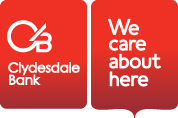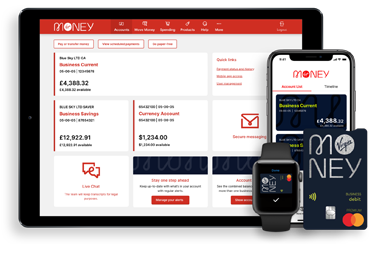Using assets to maximise your cash potential
< back to all business news articles
12/06/2017
Do you have a lot of stuff lying around your business that you could sell, such as old equipment or vehicles? What about those boxes of old stock that isn’t being sold? One of the tricks to maximising your cash potential is by getting rid of assets you don’t need.

A good way to think about it is much like a spring clean or moving house. When you have a clear out, or you’re packing to move, you go through everything and throw stuff away or sell it. Adopt the same approach with your business. If you’re not using it, take a careful look at it and see if it might be worth more to you in cash.
For instance, if you sell old and un-used stock or equipment, you can then use that cash to invest in better stock or equipment.
Make cash available from your inventory
If you buy in bulk, you risk being left with lots of unsold stock lying around – and that’s just cash you can’t use. Avoid tying up your cash in stock by trying:
- Lower minimum stock levels – this means you don’t have a lot of stock lying around you’re not using. And you’ve got less of your cash tied up in stock.
- A just in time (JIT) policy – an alternative to large bulk orders. Toyota helped popularise the JIT inventory system by only scheduling for parts to be delivered ‘just in time’ for when they’re needed in the production process.
- A clearing sale – reduce your prices to clear out older stock and to free up some cash.
Make your fixed assets work harder
Get your assets working harder so they can contribute to your profits, rather than detracting from them. You need to keep a close eye on new assets that are being purchased for the business – for instance, do your computer systems really need to be updated every year?
Buying a new £1m piece of machinery is no good if you end up making less profit for the year. You might be better not buying it and not doing the work (within reason; you may need new equipment to remain competitive, or improve business capability long-term).
Conduct a thorough review of all your assets and ask yourself – are they helping to generate a profit? Or are they just sitting there? You could sell off assets and lease them back only when you need them. That way you’re reducing your assets but still making a profit.
Collect what’s owed to you sooner
Once you’ve gone through your assets with a fine-tooth comb, think about who owes you money. Debt is cash you don’t have in the business. That’s why it’s important to have good processes in place for chasing up debtors, such as:
- Check the credit history of customers before you extend credit terms – this will minimise the chances of your cash being tied up in debts.
- Apply credit limits to each customer and asking for deposits for larger orders or pre-payments for work being carried out.
- Keep in touch with your accountant and giving them any debtor records recorded through your accounting software.
This blog is not financial advice. The content of the blog is reliable at the time of publishing, but we can’t guarantee it is entirely free from error or omission beyond our knowledge. Links are provided for you to explore, but we have no connection with third party sites or responsibility for their content.
POSTED IN: Growth,2017,Day to Day Banking
SHARE
Related Articles
You can find impartial information and guidance on money matters on the “MoneyHelper” website.
Clydesdale Bank is covered by the Financial Services Compensation Scheme (FSCS), Find out more.


